Got Pets? This month we’re talking about gifts for man’s best friend – that’s right, getting the home a little more pet friendly for Fido.
“Greening your pet is a great idea for him or her, for the planet, and for all family members, “ authors Alexandra Zissu and Jeffery Hollander, Seventh Generation Co-founder write in “Planet Home,” “Pet food made from conventional animals raises all the same red flags as human food,” (Clarkson Potter 2010).
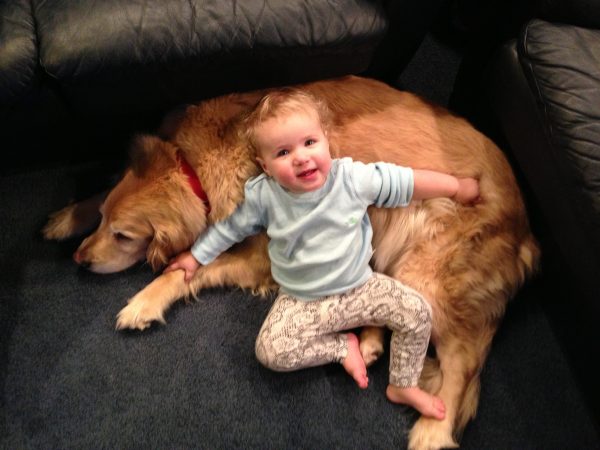
And in “Home Hints & Tips,” author Rosamond Richardson explains that “Pet foods contain a range of chemicals. These include pesticides, nitrates, lead, synthetic preservatives, and artificial flavorings and colorings.” (DK Publishing 2003).
“Many commercial foods don’t include essential ingredients like organ meat, and instead bulk up the kibble with things like grain and animal by-products like hair, tissue, feathers and other animal parts deemed non-consumable for humans,” explains Christine M. Filaridi in her (just in time for the Holidays cookbook) “Home Cooking for Your Dog,” (Stewart, Tabori & Chang 2013). And goes on to say that “another issue with commercial pet food is that it’s not strictly regulated by the FDA, which leads to questionable standards and even more questionable ingredients.”
Pet Friendly Home Cooking
Concerned much? I am, especially because I am surrounded by dog-lovers. Just as “the cornerstone of a holistic approach to healthcare is proper nutrition,” Dr. Wayne Geltman, DVM from All Creatures Veterinary Services explains “just like us, our pets truly are what they eat.”
Re-thinking how we approach feeding our families and our pets can cut down on trips to the doctor’s office for every species in our homes. Filardi, a certified holistic chef and the founder of BowMeowRaw.com, has been working with animal owners, veterinarians, rescue organizations and shelters to improve the health and well-being of their pets for over a decade. Her book’s even got a removable bookmark with a detailed feeding chart and serving size guidelines.
If it all sounds too overwhelming, might I remind you that going-green is a process. You may just want to start by changing out your dog’s “treats.” Her Valentine’s Day Cookies (with sardines?!?) may be a welcomed surprise for your furry friend in February, but I’m thinking every dog would go crazy over Filardi’s “Turkey Bacon and Oatmeal Christmas Cookies.”
Who knew our dogs could save the planet one bite at a time?
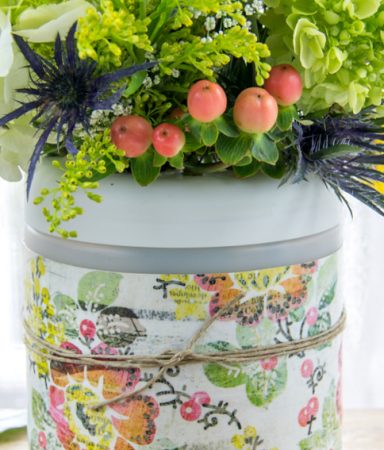

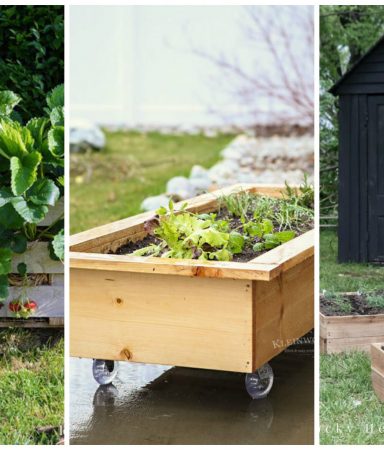
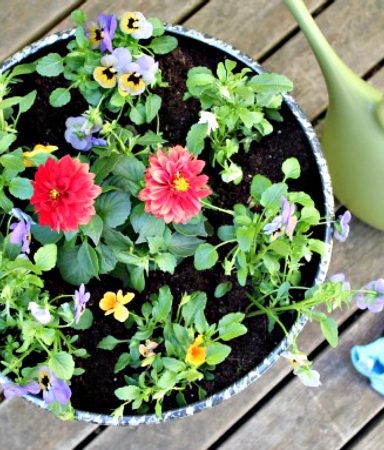

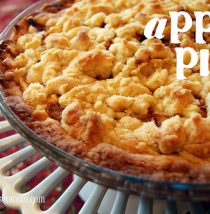

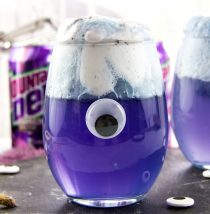
I agree whole heartedly with many points you made in this article, however there are some points that are concerning. I am a Licensed Veterinary Technician who has studied animal nutrition, and I have seen animals who are sick because of homemade diets. They don’t get the vitamins, minerals, proteins, fats and/or carbohydrates in the proper quantities or ratios. I also have seen people in households get sick from their pets when being fed a raw diet (salmonella may not get your dog or cat as sick as us, but it sure can be passed through the GI tract). Also, the term ‘animal by-products’ means non-muscle meat (liver, kidneys, heart).
While many commercial pet foods DO contain unnecessary chemicals (no dog needs a kibble that has bright red or green bits – the only way to do that is with chemicals), and preservatives are required to keep the food fresh I just caution people to convert to homemade diets without doing the necessary homework. Dogs (and cats) are NOT people and have different nutritional requirements and it breaks my heart to see a person think they are doing the absolute best thing possible for their pets only to find that the way they were feeding them made their pets ill.
In short, work with your veterinarian, find a diet created by a certified veterinary nutritionist and use ONLY the freshest, highest quality ingredients possible. And, if you are going to feed raw diets – make sure you understand the risks to your family associated with feeding uncooked foods. Our companions are too important to do otherwise.
Nikki, thank you for your thoughtful response. You are absolutely correct: of course pet owners should work with their Vets on changes in diet.
One of the things I particularly likes about Filaridi’s book, was her holistic approach to pet wellness — and I mean that in a “whole” approach, not just “new-age-hippie” definition.:)
She talks about nutrition and behavior, allergies, reviews all the essential nutrients a dog needs, portions and ratios as well as foods dogs should not eat. She also talks about cooking, storage and sanitation — much like you addressed in your comments above. Her book is more than a bunch of recipes, it’s an exploration of wellness options for dogs. Obviously I couldn’t cover it all in under 400 words – but I, and the Make and Takes readers should heed your advice and concerns. Thanks for sharing your expertise!